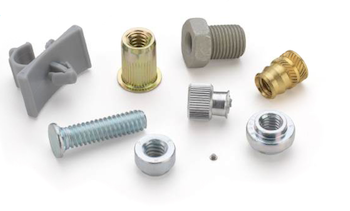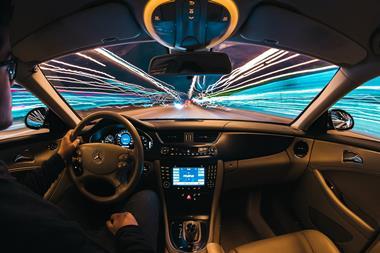

Automotive triangle of disruption – an e-book by Penn EngineeringThere is an automotive revolution in process that will change the face of the industry by 2030. Notably there are four technology mega trends driving these changes. Each of these trends create challenges for the automotive manufacturing industry in the way it attaches, fastens and joins an increasing diverse range of components and systems.
#1 Autonomous Driving MegatrendIndustry predictions estimate that by 2030 we could see around 50% of passenger vehicles sold be highly autonomous and 15% of new vehicles sold could be fully autonomous by 2030. To enable greater autonomy, more electronics, sensors and computers will need to be built into vehicles.
#2 Vehicle Propulsion MegatrendStricter emission regulations, battery technology advances and availability of charging stations will see greater demand for electrified vehicles (hybrid, plug-in, battery, and fuel cell). Predictions range from 10% to 50% of new vehicle sales by 2030. We have seen VW announce an investment of about $3.5 billion in electric and autonomous cars. Similarly, Ford announced a $4.5 billion investment which will see 40% of its nameplates being electrified. Making sure electricity is optimally conducted and not lost throughout the vehicle will be significant in achieving the predicted performance and reliability of electric vehicles.
#3 Connected Cars MegatrendAccording to Nissan CEO, Carlos Ghosn, virtually all cars could be connected to the internet by 2025. This is not just for our entertainment, but also for safety and servicing with vehicles in direct contact through the internet to report faults and receive updates. All these sensitive electronics require attaching to a rigid chassis framework that can withstand vibrations and knocks associated with standard operations.
#4 Vehicle Light-weighting MegatrendThere is a global initiative supported by governments to reduce CO2 emissions, with regulations being introduced for emissions and fuel economy in new cars. Steel has traditionally made up about 60% of a vehicle’s total weight; but to meet consumer demands and increasingly stringent fuel economy standards, other materials are being considered to reduce the overall vehicle weight. These new materials (thinner, harder steels, aluminium and composites) present additional challenges as traditional fastening methods are no longer appropriate and need to be reassessed.
For more on fastening solutions for the next generation see Penn Engineering's e-book Automotive Triangle of Disruption.
































